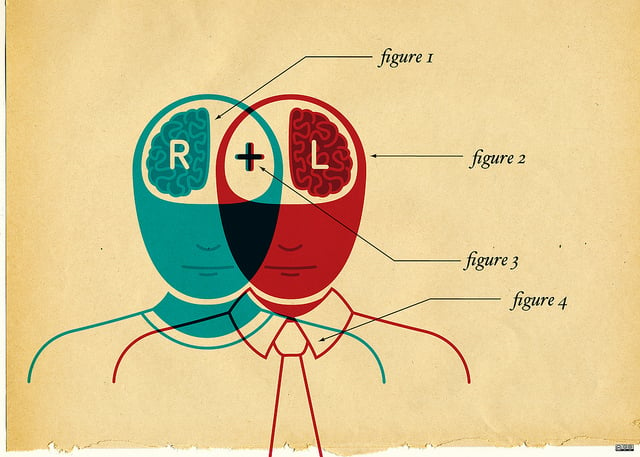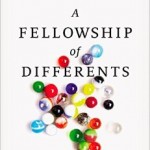 For the last few weeks in our Sunday night conversation here at Englewood Christian Church, we have been exploring the imagery of sustainable agriculture to describe life together in the local church community. This stream of our conversation began with the idea that churches work better as diverse poly-cultures (diverse types of people, doing diverse sorts of work), rather than mono-cultures (focusing on a narrow demographic of people –age-wise, ethnically or otherwise, or doing a single kind of work). Last night’s conversation began with a familiar quote from Dietrich Bonhoeffer’s Life Together:
For the last few weeks in our Sunday night conversation here at Englewood Christian Church, we have been exploring the imagery of sustainable agriculture to describe life together in the local church community. This stream of our conversation began with the idea that churches work better as diverse poly-cultures (diverse types of people, doing diverse sorts of work), rather than mono-cultures (focusing on a narrow demographic of people –age-wise, ethnically or otherwise, or doing a single kind of work). Last night’s conversation began with a familiar quote from Dietrich Bonhoeffer’s Life Together:
Every human wish dream that is injected into the Christian community is a hindrance to genuine community and must be banished if genuine community is to survive. He who loves his dream of a community more than the Christian community itself becomes a destroyer of the latter, even though his personal intentions may be ever so honest and earnest and sacrificial.
God hates visionary dreaming; it makes the dreamer proud and pretentious. The man who fashions a visionary ideal of community demands that it be realized by God, by others, and by himself. He enters the community of Christians with his demands, sets up his own law, and judges the brethren and God Himself accordingly. He stands adamant, a living reproach to all others in the circle of brethren. He acts as if he is the creator of the Christian community, as if his dream binds men together. When things do not go his way, he calls the effort a failure. When his ideal picture is destroyed, he sees the community going to smash. So he becomes, first an accuser of his brethren, then an accuser of God, and finally the despairing accuser of himself.
As we discussed this passage, we came to see that the sort of idealism that Bonhoeffer found so toxic was like the fertilizer that industrial farmers pour on their fields; it might help bear fruit in the short term, but ultimately it is a shortcut that will destroy the vitality of the church. At this point, we stumbled into the metaphor of church as soil. Like good, rich soil, healthy churches consist of a multitude of diverse people (like micro-organisms in the soil) who work together to be a culture of life that nurtures some good opportunities (like seeds) that are planted in their midst. Not all seeds are good ones, but given good conditions, the good ones will take root and ultimately bear fruit and be sustainable by the health of the soil. The problem with the idealism that Bonhoeffer denounces in the above passage is that it is foreign, and not attentive to the health and culture of the soil in a particular place. So, what are the characteristics of health of a church that promote life and growth? We came up with a few from our own experiences (This is certainly not an exhaustive list):
- Conversation
- Theological Reflection
- Rejection of Authoritarianism /Hierarchy
- Internal Evaluation of our life together
- Caring for one another and our neighbors in REAL situations (not idealized ones)
- Real commitment (not romanticized/idealized) to faithfulness
This conversation provided helpful language and imagery in thinking about Slow Church. Our primary goal, is to help churches to be good, rich soil that can ultimately bear fruit in season. But to do so, we need to recognize the temptations of shortcuts that might seem promising, but because of their inattention to the culture of the church and the place will typically drain the vitality of the church and have toxic repercussions in the place as well. The prevailing pragmatism of Christianity urges us to bear fruit regardless of the means, but this mindset is just as toxic as industrialized agriculture. The culture of many of our churches is like depleted soil, destroyed by year after year of taking shortcuts. What we want to encourage is the healing and restoring of vitality in our churches, which like the healing of abused soil, will take a long time and during the healing process there might not be a lot of fruit produced.











